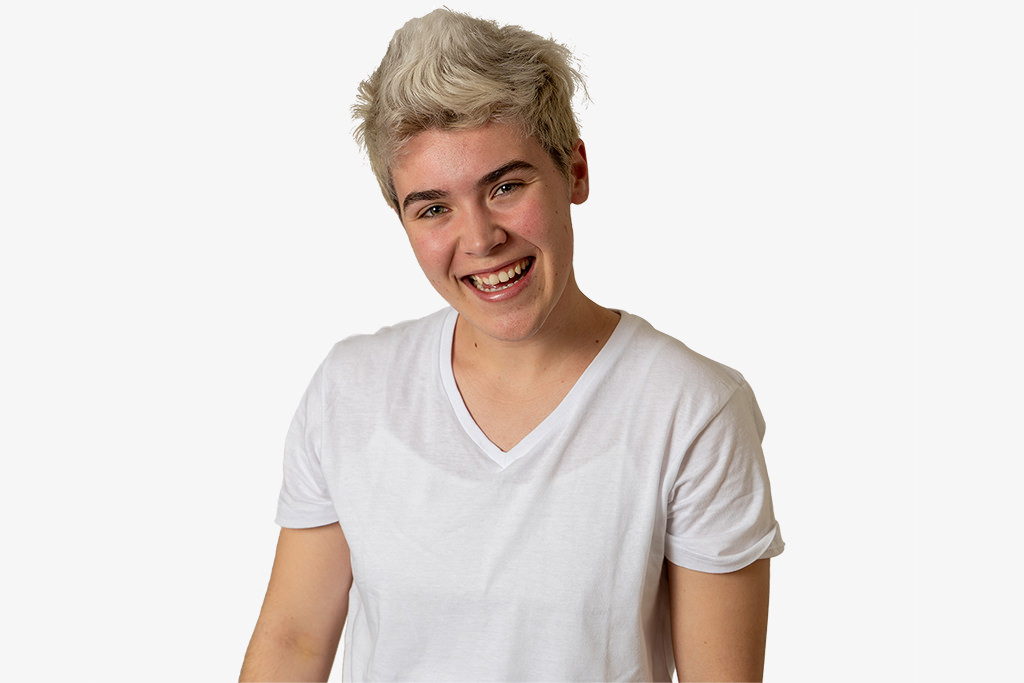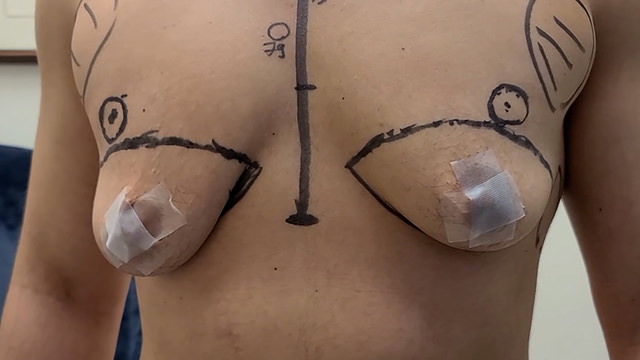Should You Consider FTM Top Surgery?
Female to male (FTM) chest gender reassignment or “Top” surgery refers to surgery used to contour the chest to a more masculine shape. It is one step that can be involved in the process of gender affirmation. The procedure aims to contour the chest such that it has a more masculine appearance.
While binding is an effective form of flattening chest tissue, it can cause pain, and respiratory and skin complications when used inappropriately or over long periods of time. Top surgery can improve physical and psychological health and wellbeing outcomes for those who seek it. For many people, this is the only surgery undertaken.
Other benefits include:
- Improved confidence and self esteem
- Reduced social and/or physical dysphoria
- No need for breast strapping
Dr David Boudana is recognised as one of the leading specialised surgeons working with “top surgery” patients and performs gender reassignment chest and breast surgery.



